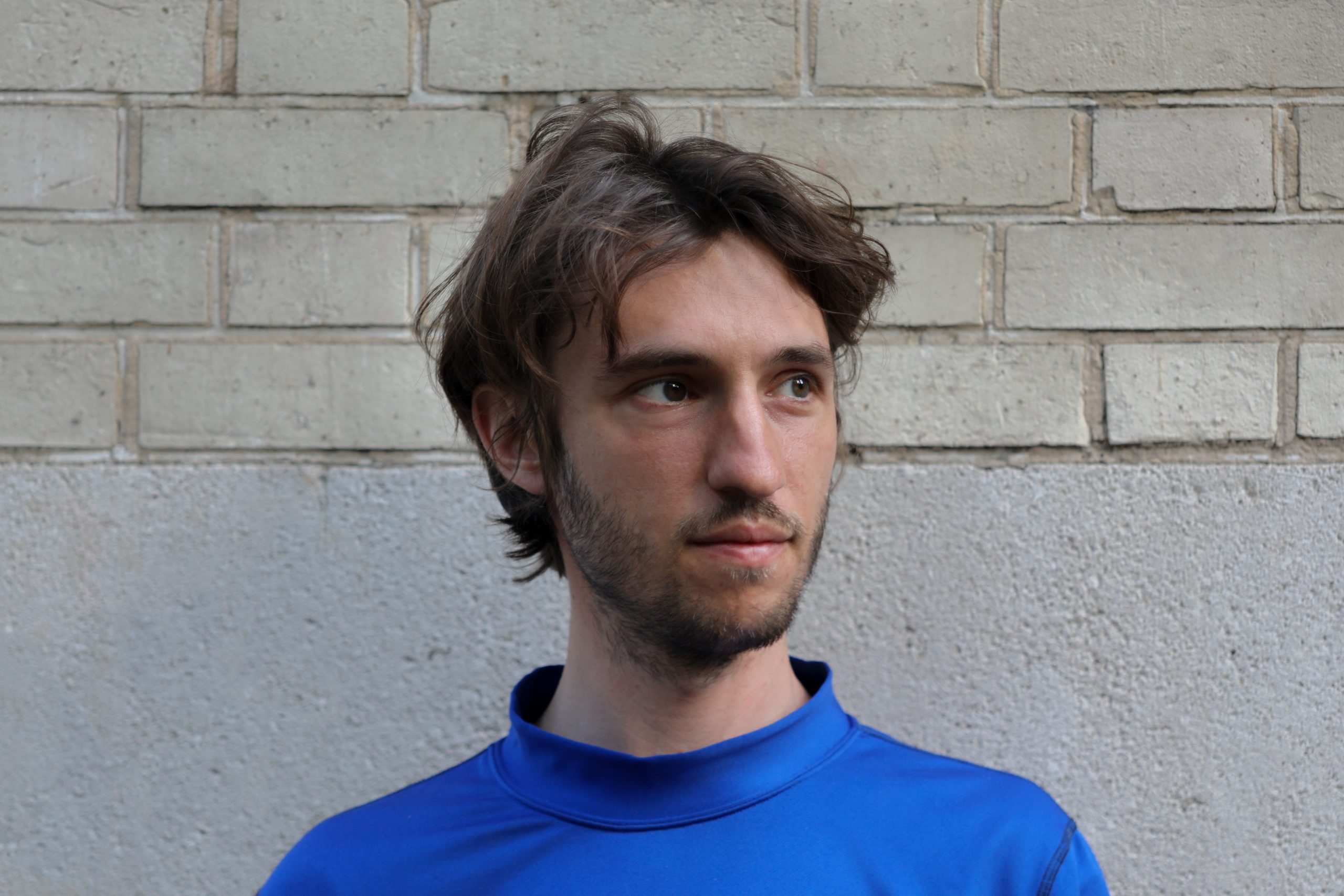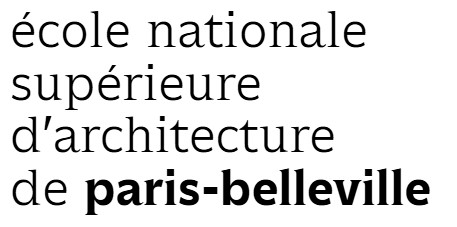Côme Rolin
Architect
June-July 2026

- Architecture
- Houston
“I will study Marfa as an example of the preservation of neglected built heritage, potentially resonating with other cases elsewhere.”
Born in Dijon and based in Paris, I am an architect and independent researcher. Trained at ENSA Paris-Belleville and USI Mendrisio, I am part of Amor Immeuble, a collective combining research, experimentation, and architectural practice. In recent years, we have participated in residencies and exhibitions in France, Belgium, and Italy. Since 2017, I have also contributed to the art and architecture journal Frog Magazine.
During a study trip to Texas in 2018, I discovered Donald Judd’s architecture in Marfa. While visiting his library, I realized the importance of architecture in the American artist’s work. I began my research by studying his writings and collecting sketches of his architectural projects available in books, articles, or online. This initial fascination later became the basis for my master’s thesis and now serves as the starting point for this residency project at Villa Albertine.
Côme Rolin (France, 1995) is an architect and independent researcher, trained at ENSA Paris-Belleville and USI Mendrisio. He is part of Amor Immeuble, alongside Rocco Paoli, Olivier Thomas, and Mathieu Volkovitch, a collective combining research and architectural practice. Together, they have been residents at CIAP Vassivière (2023), at Architecture Curating Practice in collaboration with Juliette Simeone and Aïcha-Louise Wenger (2024–2025), and winners of the Faire Paris competition in collaboration with designer Anna Saint-Pierre (2023). In 2025, Amor Immeuble, Marcello Carpino, and Leander Venlet initiated Brussels Based, an exhibition presenting the work of 50 architectural practices founded in the past ten years in Brussels.
The residency I wish to undertake in Marfa will focus on the architecture of Donald Judd. It will combine fieldwork with an exploration of the archives of the Judd Foundation, and will address both his renovation projects and his unbuilt new constructions.
In the early 1970s, Marfa was a declining town when Donald Judd chose to settle there. Gradually, he acquired and restored numerous abandoned utilitarian and residential buildings to house his works and those of other artists. Marfa thus became a true laboratory for renovating ordinary structures, with the ambition of “transforming them into architecture.” I will document this practice, relatively uncommon at the time, which began experimentally before becoming more systematic. Certain principles recur across buildings: regularization, simplification, and symmetry; as well as materials—adobe walls, lime plaster, and corrugated metal—and elements such as wooden doors and pivoting windows. To trace the evolution of these transformations, I will consult available documents: sketches, technical drawings, and photographs of the buildings before, during, and after the work. This will also be an opportunity to highlight the role of Lauretta Vinciarelli, an architect trained in Rome, who collaborated for ten years on Judd’s architectural projects.
In parallel, I will study his unbuilt projects for houses, museums, offices, and urban spaces. Executed quickly, these sketches are schematic, difficult to decipher, and filled with barely legible letters and words; they retain an element of the unknown. A thorough study of the archives will allow me to engage with this corpus of projects that exists only in these drawings, and thus gain a deeper understanding of the design process of this artist-turned-architect.
Marfa: a town, a landscape, a collection of buildings, archives. My research will unfold across a constellation of sites in the small Texan town and its surroundings. Exploring the territory and archives, observing buildings and construction documents, and visiting the isolated ranches once owned by Judd will all constitute key moments of this residency.
I will study Marfa as an example of the preservation of neglected built heritage, potentially resonating with other cases elsewhere. In France, an increasing number of architects are relocating to rural areas, away from the major urban centers where the profession has historically been concentrated. This specific geographic anchoring encourages the development of architecture connected to a territory, using local construction techniques and materials.
In collaboration with Avenir Radieux—an association founded by architects that works against the desertification and degradation of the historic center of Pesmes in Bourgogne-Franche-Comté and explores possibilities for its renovation—I will foster a dialogue between Marfa and Pesmes, reflecting on themes common to these two geographically distant initiatives. What does isolation and the territorialization of a practice imply? How can one apprehend and understand a territory—its material presence, history, economy, culture, formation, and transformation?
In partnership with

Avenir Radieux

Les Presses du réel

ENSA Paris-Belleville
